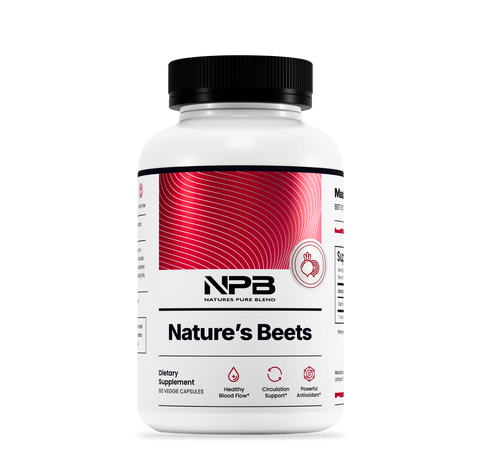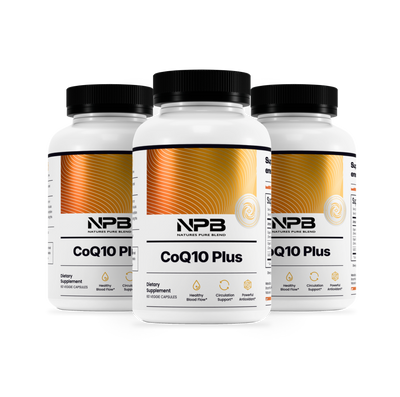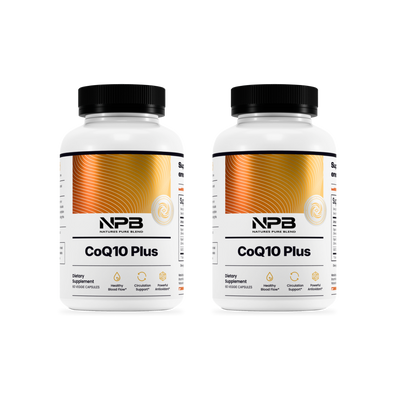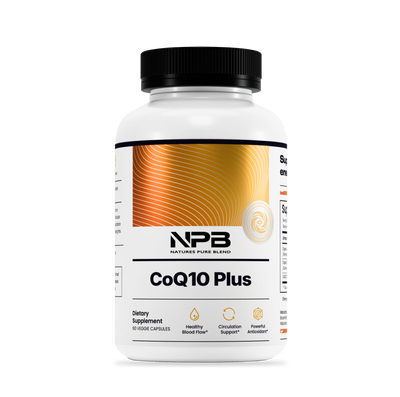Your TG/HDL ratio—triglycerides divided by HDL cholesterol—offers a compact snapshot of how your body is handling fats and fuel. While single cholesterol numbers can feel abstract, the ratio highlights balance: how much circulating fat (TG) you’re carrying relative to the “scavenger” cholesterol (HDL) that helps ferry it away. When the balance tilts, it can reflect shifts in metabolic flexibility, how you respond to meals, and how efficiently your body clears lipids from the bloodstream.
You don’t have to memorize lab textbooks to use this tool. Most lipid panels already list triglycerides (TG) and HDL-C. Dividing TG by HDL (same units, usually mg/dL) gives you a simple number to track over time—ideally using fasting labs from the same lab so methods stay consistent. The goal isn’t perfection on any one day; it’s seeing the direction of travel over weeks and months.
Before labs ever flag a problem, your daily experience often whispers clues. Energy that never quite rebounds, cravings after meals, or slower workout recovery can all hint that this ratio deserves a closer look. Below are six practical signs to watch for—plus simple actions that support a more favorable trend.
Quick refresher: what is TG/HDL?
It’s the triglycerides ÷ HDL value on a standard lipid panel (same units, usually mg/dL). Tracking the ratio over time—not just one draw—helps you and your clinician see meaningful trends.
1) Energy that never quite rebounds
What you notice: Afternoon slumps, “wired-but-tired” evenings, or feeling spent after routine tasks.
Why it matters: Reduced metabolic flexibility can travel with a worsening TG/HDL trend.
Do next: Anchor meals with protein + fiber, take a 10–15 min walk after meals, and keep a consistent sleep schedule. 1, 2
2) The waistline creeps up
What you notice: Belts move a notch tighter; more midsection gain even if scale weight is similar. 3
Why it matters: Central fat gain often accompanies shifts in lipid handling.
Do next: Measure waist at the navel every 2–4 weeks and note the trend alongside your ratio.
3) Post-meal sleepiness and carb cravings
What you notice: Heavy eyelids or strong sweet cravings 60–90 minutes after eating—especially higher-carb meals. 4
Why it matters: Big swings after meals suggest your body isn’t clearing and using fuels efficiently.
Do next: Build plates around protein, fiber, and unsaturated fats; keep added sugars/refined starches in check.
4) Labs show triglycerides inch up or HDL drifts down
What you notice: Two or more panels show TG rising or HDL slipping—even if both are still “in range.” 5
Why it matters: The ratio reflects both numbers; small moves each way can meaningfully change it.
Do next: Recheck with a fasting panel, use the same lab/method when possible, and focus on trends.
5) Blood pressure nudges higher over time
What you notice: Home readings run a few points higher than last season, or evenings > mornings. 6
Why it matters: Lipids and BP are different, but they often shift together when overall metabolic balance is off.
Do next: Tighten your measurement technique (arm at heart level, back supported, legs uncrossed, no talking), and log AM/PM averages for 2–3 days with your lipid notes.
6) Slower recovery from normal workouts
What you notice: Extra soreness, less stamina, or needing more days to bounce back from usual sessions. 7
Why it matters: Subtle changes in muscle fuel use can mirror the trends you’ll later see in TG/HDL.
Do next: Add 2–3 resistance sessions/week, keep easy movement on “rest” days, and spread protein across meals.
Make the number useful (not stressful)
-
Calculate consistently: Fasting labs, same units, same lab when possible.
-
Log context: Sleep, alcohol, illness, new meds, and big diet changes.
-
Look for direction, not perfection: Are TG trending down and/or HDL nudging up over 8–12 weeks?
-
Pair data with habits: Small, steady changes—post-meal walks, fiber at breakfast, and resistance training—move the needle most.
Everyday levers that support a healthier ratio
-
Center meals on protein + fiber (vegetables, legumes, nuts, seeds, whole grains).
-
Prefer unsaturated fats (olive oil, avocado, fatty fish); avoid trans fats and keep saturated fats moderate.
-
Limit added sugars and refined starches to occasional treats.
-
Aim for 150+ minutes/week of moderate activity plus 2–3 strength sessions.
-
Sleep 7–9 hours on a steady schedule.
-
If you drink alcohol, moderate it—triglycerides are particularly sensitive to intake.
Bottom line (and how to act on this)
Your TG/HDL ratio is a simple, actionable checkpoint—not a diagnosis by itself. When everyday signals (energy, appetite, waist, workouts) line up with a drifting ratio, that’s your cue to tighten fundamentals and track again. A straightforward plan looks like this:
-
Get a baseline: Schedule a fasting lipid panel and calculate the ratio. Write it down with notes on sleep, activity, and recent diet.
-
Work the levers: For the next 8–12 weeks, apply the everyday habits above—especially post-meal walks, fiber at breakfast, and two to three resistance sessions weekly.
-
Re-test and review: Repeat the lipid panel with the same lab, compare the ratio, and look for the trend. Share your log with your clinician to align on next steps that fit your health context.
By pairing how you feel with how your labs evolve, you turn one small number into a clear guide for everyday decisions that support heart, metabolic, and circulatory health over time.















